Clutch Diagnostics and Troubleshooting
Tips for the proper handling of clutches.

How to install a clutch kit
If you observe only a few decisive details during clutch replacement, you can mostly save a lot of time and high costs and avoid unhappy customers.
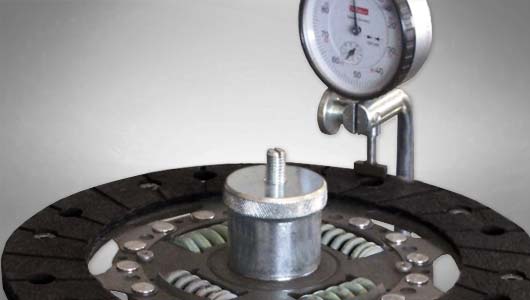
Check clutch disks
Workshops may receive damaged new clutch disks due to a lack of care during transportation. Therefore, ZF Services recommends new parts are also tested for lateral runout.
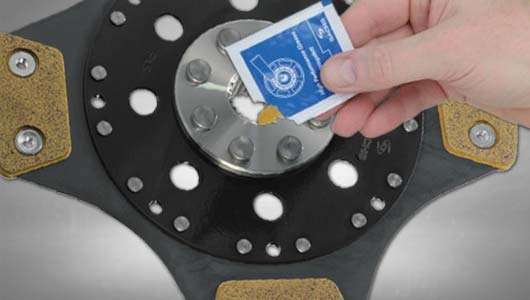
Greasing the hub spline
Only an optimally greased hub spline on the clutch disk ensures faultless functioning of the clutch in the long term.
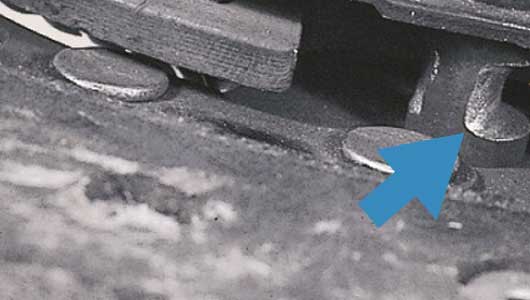
Clutch noise
Clutch noise such as whistling or clonking is not always an indication of a defective clutch. Whistling noises are generated by off-center contact with the clutch release bearing, a non-centered transmission input shaft, or a defective pilot bearing.
Rattling noises may be due to load alterations if clutch disks are furnished with preliminary dampers. These noises do not impair the function or service life of the clutch disk.
Additional possible causes include installation of the wrong parts, or installation of the clutch disk in the wrong position.
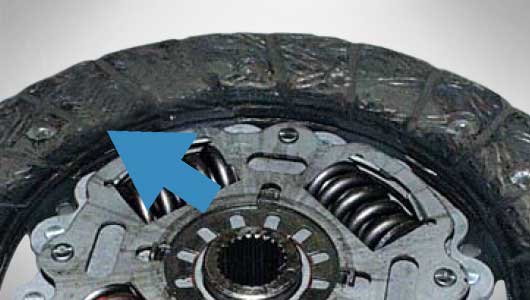
Clutch grabs
If the clutch grabs, the problem may not necessarily lie with the clutch itself. Worn engine mounts or poor engine adjustment can also prevent smooth clutch engagement.
Installing the wrong clutch disk can also cause the clutch to grab.
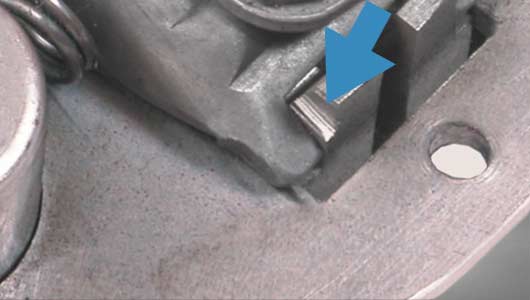
Clutch slips
Clutch slipping may have various causes. Besides the clutch pressure plate and the clutch disk, the problem is often found in the releasing system. Additional causes include an incorrectly remachined flywheel or installation of the wrong clutch.
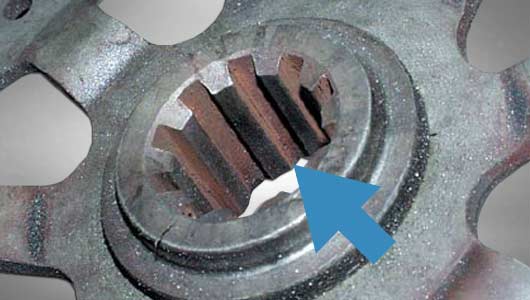
Clutch does not disengage
If the clutch does not disengage, the problem is not necessarily the clutch itself. Frequent causes include faults in the release system, a jammed pilot bearing, or non-compliance with important installation requirements.
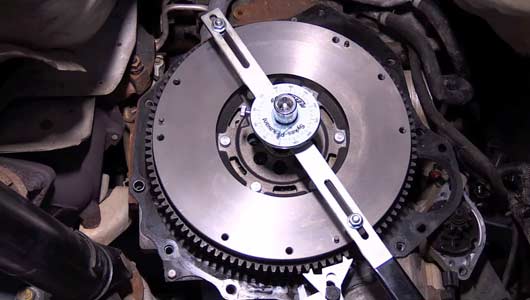
Checking Flywheel
If defects are suspected in the dual-mass flywheel (DMF), the cause study begins. If the fault diagnostics options are not sufficient for the installed DMF, the DMF can also be examined visually, mechanically, or on a test bench, although this latter possibility remains a task for the manufacturer. Any workshop can check a dismantled dual-mass flywheel with simple tools. It is important to know the right methods.

 English
English







